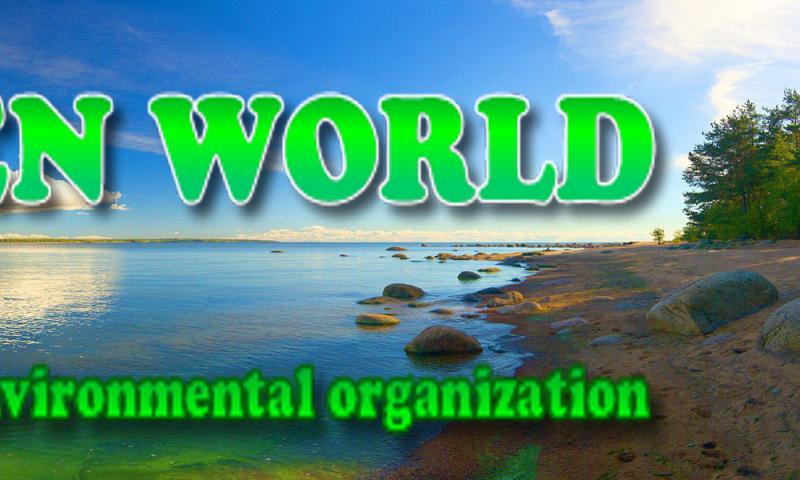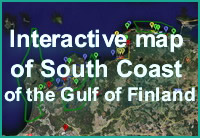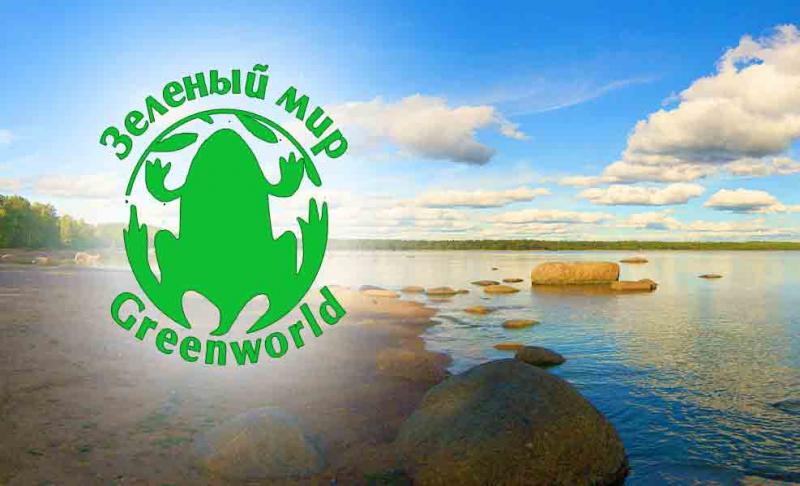
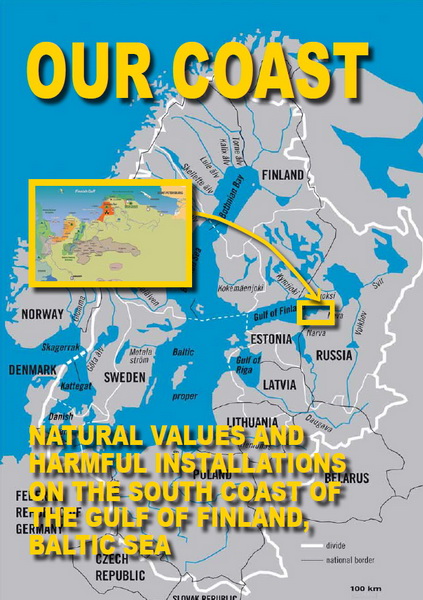 |
The South Coast of the Gulf of Finland |
|---|---|
| Natural Values and Harmful Installations |
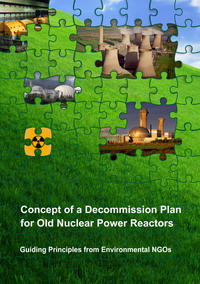 |
Concept of a decommission plan for old nuclear power reactors |
|---|---|
| Guiding Principles from Environmental NGOs |
No to the import of Death into Russia!
Baltic Newsletter # 108
On 1 February, at 02:12 at night the Russian vessel Kapitan Kuroptev docked at the 40th slip of the port of St. Petersburg, delivering from France 650 tons of nuclear waste. After the transfer of the containers to the railway platforms, the dangerous freight was transported through St. Petersburg toward Siberia, to the closed city of Seversk near Tomsk.
 As a result, France has gotten rid of dangerous wastes, and officials of Rosatom have turned a profit, despite the risks and negative consequences of this freight for nature, and also for the citizens of Russia of the current and future generations. At the same time, those who are taking the risk, and also experiencing on themselves the negative impact of the dangerous wastes for now do not have adequate information or are in the condition to influence this process.
As a result, France has gotten rid of dangerous wastes, and officials of Rosatom have turned a profit, despite the risks and negative consequences of this freight for nature, and also for the citizens of Russia of the current and future generations. At the same time, those who are taking the risk, and also experiencing on themselves the negative impact of the dangerous wastes for now do not have adequate information or are in the condition to influence this process.
A brief history.
Uranium hexafluoride (UF6) is an intermediate in the production of uranium components for nuclear weapons and fuel for nuclear power plants. Wastes with a low content of uranium-235 (depleted uranium hexafluoride), arising from the enrichment of natural uranium is expensive to store in Europe and dangerous. Therefore, in 1995, Minatom of Russia suggested that companies from Germany, France and Britain increase the concentration of uranium-235 in their waste about 10 times and to return the concentrate. And 90% imported from Europe, the mass of waste, remain in Russia. Rosatom signed contracts the companies from the aforementioned countries, and the process was started.
Through these manipulations with the renaming of "waste" into "secondary raw material," Russia's laws which prohibit the import of such wastes, are circumvented. In reality, Russia is the recipient.
As a result of this radioactive business through 2014 into Russia wll be imported 107 000 tons of waste and about 97 000 tons of depleted uranium hexafluoride will remain. At the same time, Russia has already accumulated at least 700 000 tonnes of its own similar wastes.
What is the danger of uranium hexafluoride.
Depleted uranium hexafluoride is stored in containers. At atmospheric pressure and a temperature of 56 Celsius, it is transformed from a solid into gaseous state. In case of fire, for example, a container with several tons of depleted uranium hexafluoride can evaporate in minutes. Moreover, as a result of contact with the air, an extremely toxic chemical compounds of uranium and fluorine are created. They enter the body through the lungs and skin, causing multiple lesions. Experience already shows through existing accidents, that people, trapped in such a cloud for only a few minutes, receive serious injury or can die.
Even if only a ten thousandth of a percent concentration of uranium compounds and fluoride in the water and soil can cause chronic diseases.
In the human body, uranium behaves as a toxicant, affecting the kidneys and accumulates in bone by displacing calcium. Part of it is excreted in the urine within a few days. Uranium entrenched in the bone tissue is excreted hundreds of times more slowly.
Contrary to popular belief, the outer layer of skin (epidermis) is not always able to become a barrier for alpha particles emitted by the isotopes of uranium. They can penetrate the skin and can cause cancer. In addition, the alpha particles can gain a foothold in the hair, and sweat pores of people.
According to the International Atomic Energy Agency (IAEA), resulting in a fire when transporting a large consignment of uranium hexafluoride dangerous levels of uranium and hydrofluoric acid may be contaminated area of several square kilometers.
According to British expert A. Price of (British Nuclear Fuels Limited), in major accidents and adverse weather conditions, the zone of lethal concentration of uranium hexafluoride can be up to the radius of 32 km from the accident site.
Who is at risk.
Most at risk are nature and the people along the route of containers in Europe, and the inhabitants of the Baltic Sea. Also at risk are millions of residents on the coast of the Gulf of Finland from Russia, Estonia, Finland, and St. Petersburg, and the settlements along the railway route to Siberia.
This is a risk for the closed cities, where the storage of the containers takes place under open skies as well as of the enterprises of the reprocessors. This is the Novoural’sk, of Sverdlovsk Oblast (Urals Electrochemical Plant), Zelenogorsk, Krasnoyarsk Territory (Electrochemical Factory), Seversk, Tomsk region (Siberian Chemical Plant), and Angarsk, of Irkutsk region (Angarsk Electrolysis Chemical Combine).
The containers brought to Russia are on a platform in the open. According to Rostechnadzor, the storage conditions do not meet modern safety requirements. This is
In order to stem the tide of protests in St. Petersburg, Rosatom announced that in the future it intends to unload the dangerous goods move from the city of five million on the southern coast of the Gulf of Finland to the port of Ust-Luga. It is 150 km west of St. Petersburg. See: http://www.greenworld.org.ru/?q=rao1759 .
This is a cynical decision, because the risks of negative effects are shifted from the city to the territory affected by the Chernobyl disaster. Dozens of settlements in this region already now live in hazardous conditions (see map).
How is society reacting.
Russian and French citizens are indignant at the cynicism of Russian and French authorities who are practicing a policy of double standards of safety and are turning the Russian regions of the Urals and Siberia into a latrine for Europe. Russian NGOs Ekoperestroika, Green World, and the international group Ecodefense sent on 1 February 2010 a new letter of protest to the French Prime Minister. In that letter was a demand to recall the licenses for the relocating of the dangerous wastes from France to Russia (see http://www.greenworld.org.ru/?q=rao_ogfu_2110). The environmental NGOs of Tomsk, Chelyabinsk, Irkutsk and Murmansk oblasts of Russia share this position.
tel. +7 921 74 52 631
The distribution of our information is encouraged.
When reprinting please refer to our periodical.

